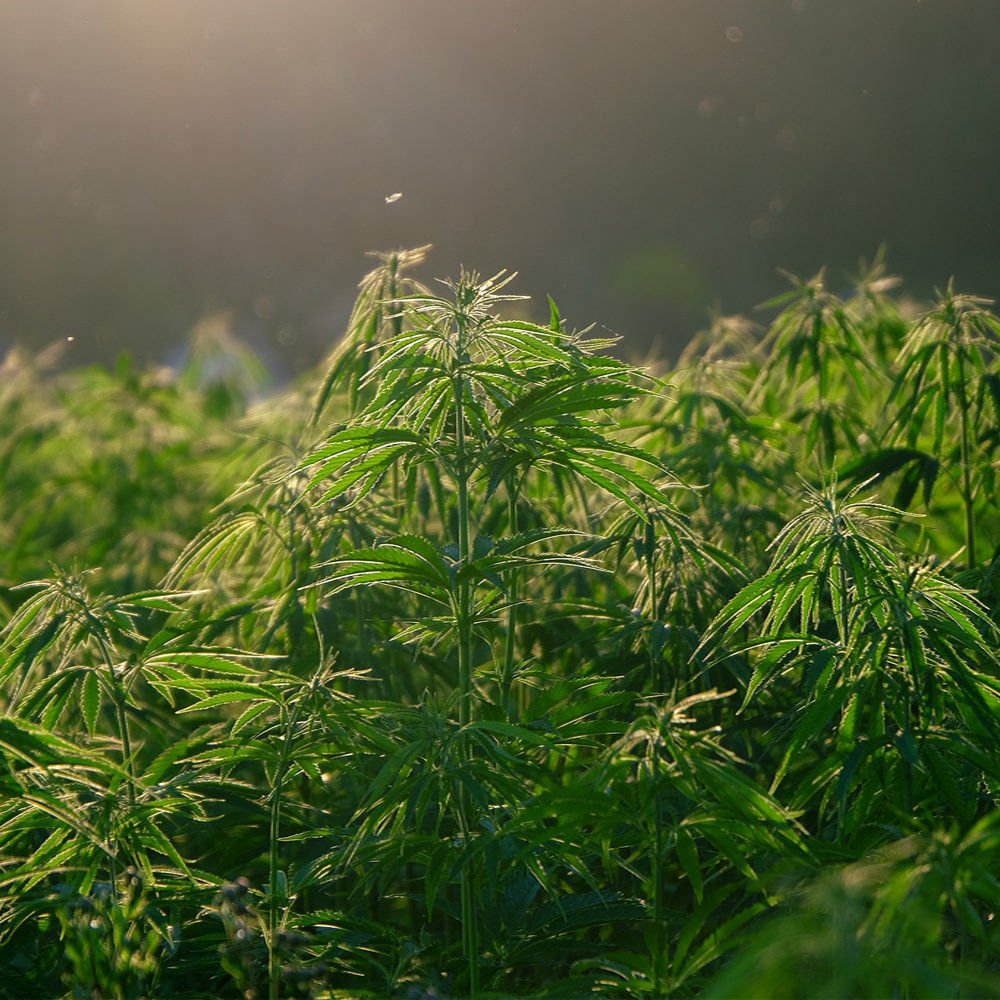
Share
What Are The Different Parts Of A Hemp Plant?
The structure of hemp plants is probably not taught in the average high school Biology class. However, the structure of hemp is very similar to many other types of plants that are less taboo to discuss. Although I am not attempting to become your next Biology teacher, I can share some of the basic knowledge about hemp plants. Read on to learn about each part of this plant and all of the parts that make up its structure.
What’s The Difference Between Hemp Plants?
The best place to start is by telling the difference between the various types of hemp plants. That not only includes the various strains, but also the gender of the hemp plant. Plants can have different genders, and gender does matter when it comes to hemp plants. You can start to tell the gender of a hemp plant after about six weeks of growing, and you should keep a careful eye on it if you’re growing your own crop.
Male Hemp Plants
Male hemp plants will begin to develop pollen sacs that look like tiny balls placed along the stem. They can be easy to distinguish, especially after they have time to develop from single balls into clusters. However, these pollen sacs can develop completely and run the risk of pollinating other surrounding plants if the male plants are not removed from a growing patch.
Female Hemp Plants
Instead of creating pollen sacs, female hemp plants develop resinous bud that contains high percentages of cannabinoids. This is what is typically trimmed down and packaged to be sold as A-bud. Only female hemp plants can produce flowers, and that is why they are typically valued more than male hemp plants.
What Parts of The Hemp Plant Can You Consume?
The trimming process of hemp plants will produce a lot of excess plant matter that can either be composted or used to make other products. The point of trimming is to reduce the long hemp stalk that is harvested, down to just the colas. As we mentioned above, these colas contain resinous trichomes that contribute to the potency of the dry herb. However, the rest of the hemp plant that is trimmed away does not have to go to waste.
Cola
What is commonly considered a nug of dry herb, can also be referred to as a “cola”. This part of the hemp plant grows at the end of a female plant’s stem and contains the highest percentage of cannabinoids out of the entire hemp plant. They can often look like dense clusters, or have a fluffier texture to them, depending on the strain of the hemp and growing conditions. Colas are often what is left after the trimming process and are the most recognizable to the common consumer.
Trichomes
Trichomes are a bit more difficult to recognize at first glance. However, if you have seen good dry herb before then you will know exactly what part of the hemp flower we are referring to. They are the hairy-looking bits that extend from a nug of dry herb. They can create flavonoids, cannabinoids, and terpenes, which combined make for a potent plant. Trichomes appear to be crystal-like when viewed without a microscope and are what give dry herb its stickiness. Trichomes are what really matter when it comes to cultivating potent dry herb to smoke.
What Parts of The Hemp Plant Can Be Used to Create Other Products?
The trimming process of hemp plants will produce a lot of excess plant matter that can either be composted or used to make other products. The point of trimming is to reduce the long hemp stalk that is harvested, down to just the cola or flowers of the hemp plant. As we mentioned above, these colas contain resinous trichomes that contribute to the potency of the dry herb. However, the rest of the hemp plant that is trimmed away does not have to go to waste.
Hemp Trim
When trimming hemp, the excess plant matter can be generally referred to as trim. This encompasses all parts of the hemp plant that are not colas, including fan leaves and sugar leaves. Fan leaves are recognizable hemp plant leaves and help with photosynthesis but do not offer any trichomes. Sugar leaves are loose, small leaves at the base of the cola and often trimmed away first to get at the denser part of the hemp flower. They contain fewer cannabinoids than the colas, but still have enough to make them count.
You can use hemp trim to make CBD extract in the form of infused butter, infused oil, or infused alcohol. These CBD-infused bases can then be used to make a wide variety of CBD products. In fact, many manufacturers use a mix of hemp flower and hemp trim to create CBD tinctures, wax, oil, topicals, and edibles.
Hemp Stems
Hemp stems should not be smoked, no matter if they come from a male or female hemp plant. However, the stems of both male and female hemp plants can be used by industrial manufacturers to make a variety of common household products. The strong fiber of hemp plant stems can create sturdy rope, durable textiles, and alternative types of paper.
The entire hemp plant can be used to create a variety of consumable and useful products. Knowing the different parts of the hemp plant can help you distinguish what hemp products you are looking for in a dispensary, and which will only be found in a retail store. But there is no need to allow a gram of good hemp to go to waste.
Related Blog Posts
What is a Hemp Clone and What are the Advantages Of Having One?
